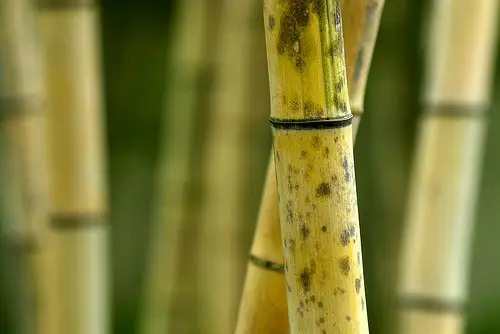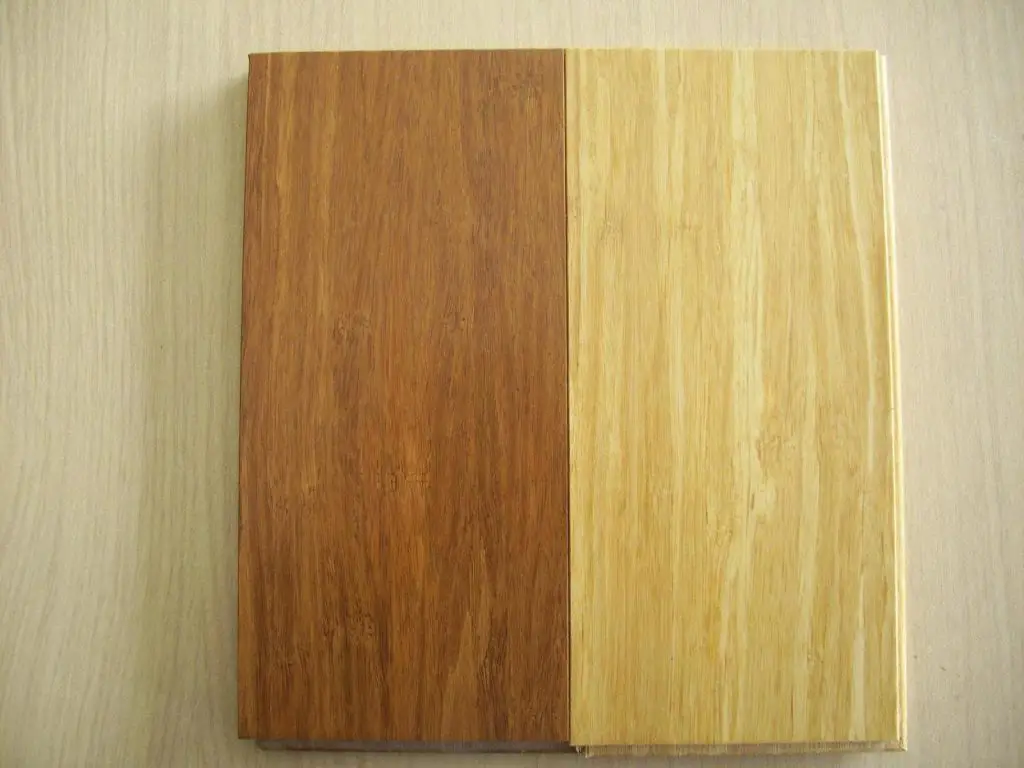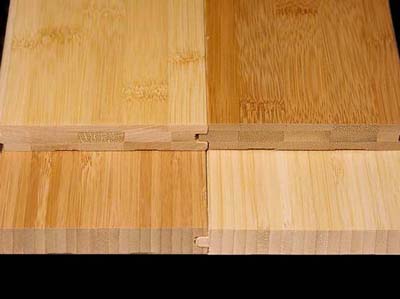Enduring resilience, viable resource, exquisite beauty are some of the benefits and advantages offered by bamboo flooring to a wide range of builders, designers and consumers that are slowly but surely following bamboo and its various uses and applications.

Today we’ll work into understanding the basics of buying bamboo flooring, welcome to part 7 of our floor buying series.
The Bamboo Basics
First off, bamboo is not a tree it’s a grass that grows abundantly in warmer areas of the globe. It’s been used for over 4,000 years, mostly in early civilizations in the Far East and South America. Bamboo’s uses ranges from the kitchen, the battlefield, libraries, hospitals and the buildings themselves.
Aside from its different uses, bamboo, the grass also ranks high in the Janka Hardness Scale. With a tensile strength of 52,000, this fragile looking tall grass swaying in the direction of the wind is actually harder than most commercial soft and hardwoods used for flooring.

As we earlier said, bamboo is a grass and the shoots are harvested without damaging the roots. Ideally, it is harvested during the fall or winter and the bamboo shoots are cut into strips called fillets, the green covering is also removed. The fillets are then boiled at very high temperatures to remove its natural starches and sugars making it more stable and less attractive to insects.
Before it was not uncommon for the dried bamboo fillets to undergo carbonization to give it more color but since the process entails use of chemical and tremendous amount of energy to carry out, more and more people now prefer its natural hues.
Bamboo flooring is made in 2 ways:
- Strand Woven – this type is made by adding byproducts from other wood types during the milling process and having then pressed together into a single material which is both durable and detailed.

- Horizontal and Vertical Bamboo flooring simply denotes the direction in which the bamboo strips were cut. Vertically cut ones will show a more uniform look while the horizontal ones would look more random and the horizontal ones would look a bit more casual and random.

In an earlier post, we wrote about how bamboo is manufactured and some important facts, deciding whether or not it is indeed an environmentally sound flooring product can take a rather long debate but one thing’s certain, when you set out to buy bamboo floor it will be because it’ll have certain advantages. Aside from its natural beauty and resilience, bamboo is also remarkably easy to keep and maintain making it a great choice of flooring material.

